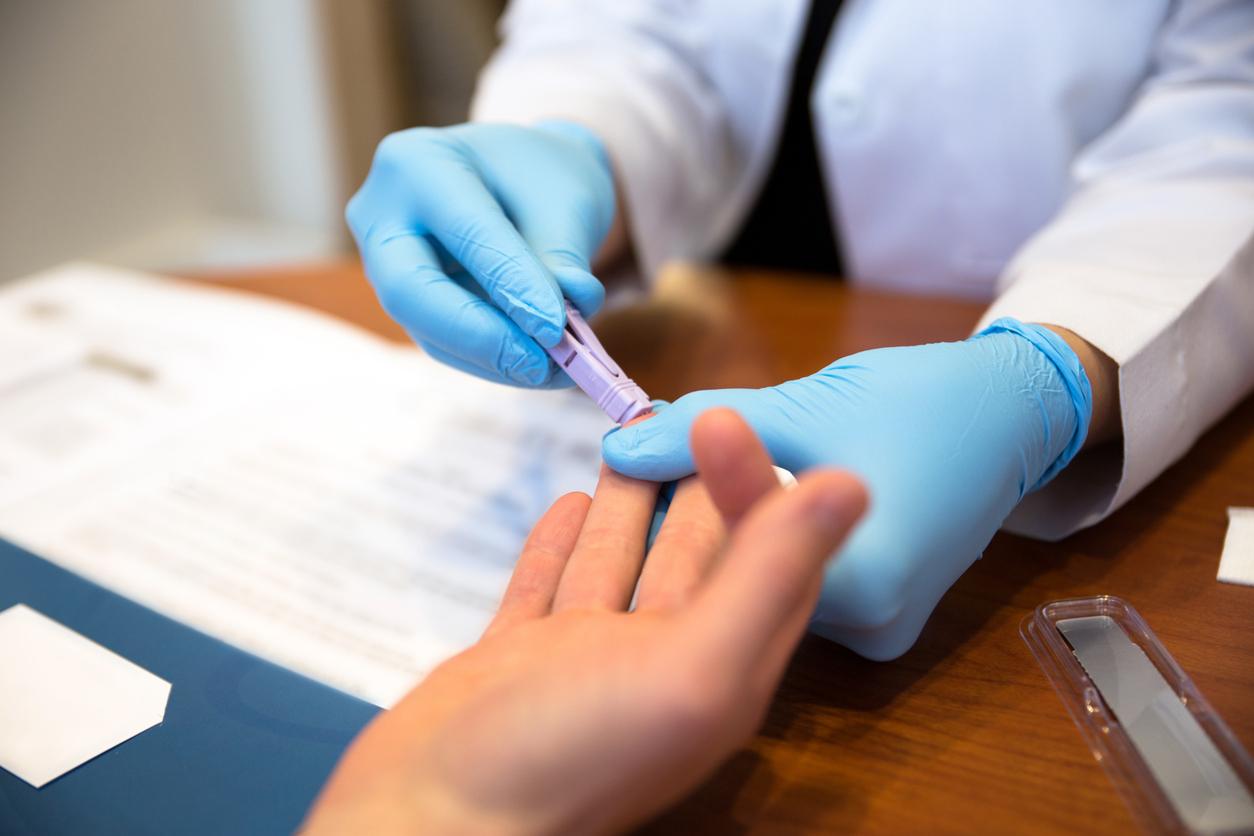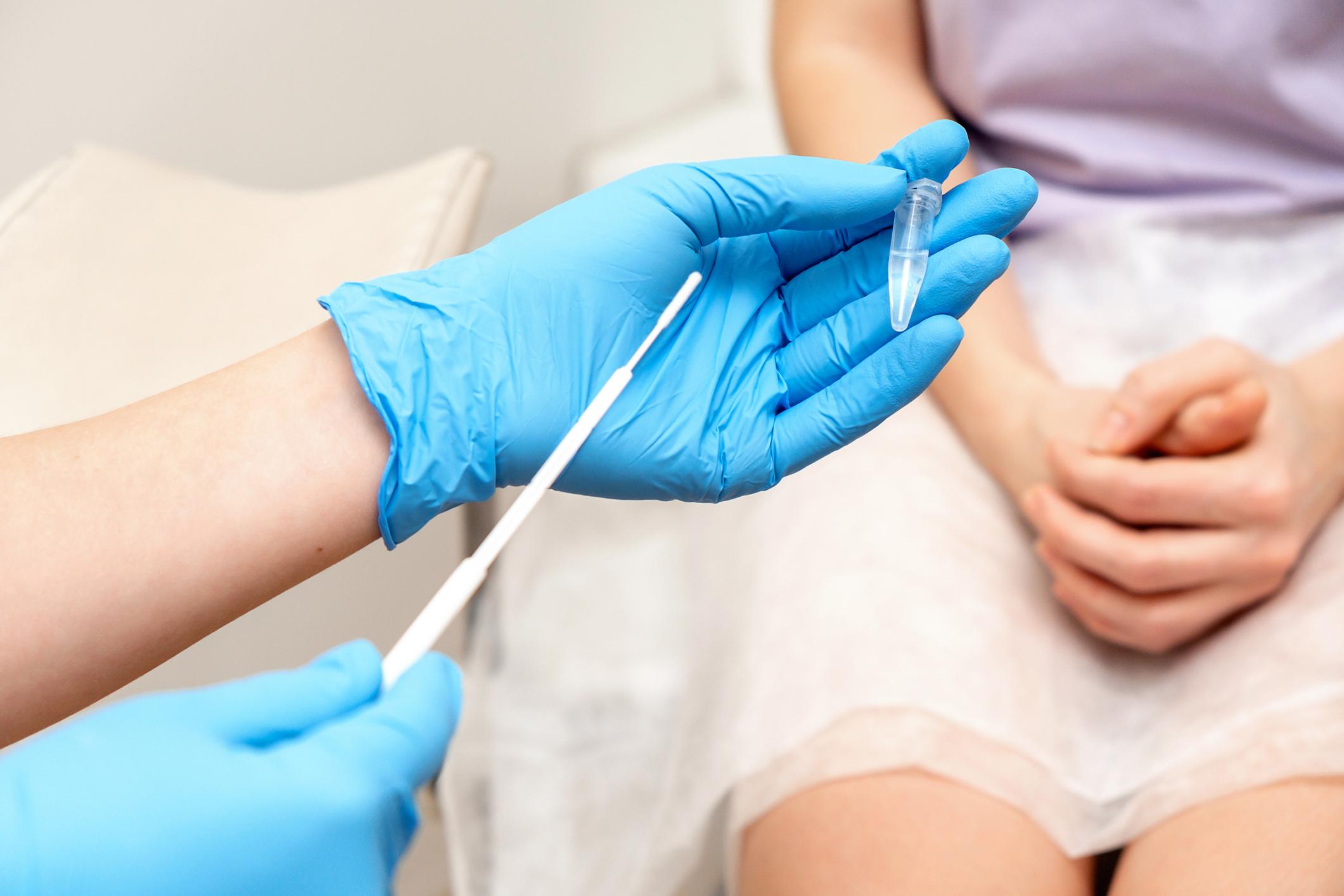Chlamydia, Gonorrhea, Syphilis … cases of sexually transmitted infections increased sharply in Europe, warns the latest report of the European Center for Disease Prevention and Control (ECDC).

- The latest ECDC report reveals continuous increases in IST cases in Europe in 2023.
- In 2023, nearly 100,000 confirmed cases of Gonorrhea were reported, an overall increase of 31 % in one year.
- Aside from the increase in the number of reports reported from IST, the report expresses its concern concerning resistance to antimicrobials in Gonorrhea.
“Considerable increases were observed in the reported cases of Syphilis and Gonorrhea in 2023, compared to 2022, and continue the upward trend observed in 2022”warns ECDC in its Report published on February 10, 2025.
These cases of cases for these two diseases, but also for other STIs are observed in the European Union as in Iceland, in Liechtenstein and Norway.
Gonorrhea, syphilis, chlamydia: all STIs are progressing in Europe
Nearly 100,000 confirmed cases of Gonorrhea were reported in European countries in 2023, an increase of 31 % compared to the previous year. The report specifies that this also corresponds to a “Strong increase by more than 300 % compared to 2014”.
Few people are spared by this phenomenon. The increase has, in fact, been observed in different age groups and demographic groups. “The highest rates among women were located in the age group for 20 to 24 years and it is also the group that experienced the highest increase in 2023 (46 %).”
Syphilis cases climbed 13 % in one year to 41,051 patients. This represents a doubling compared to 2014. “Syphilis is more frequent in men, with seven men diagnosed for each woman. The highest rates have been observed in men aged 25 to 34.”
Regarding chlamydia, healthcare professionals have observed a slowdown in the progress of cases. However, with 230,000 cases in 2023, it remains the most common bacterial ist in Europe (+13 % in one year).

Why are the STIs in Europe?
The ECDC is advancing several hypotheses to explain the increase in IST cases recorded on European soil in recent years.
- A greater number of screening tests of these infections in certain populations,
- Changes in risky sexual behavior: a reduction in the use of condoms,
- A higher number of sexual partners.
Nevertheless for these last two points, the agency specifies that these potential causes must be confirmed by a more in -depth study.
Beyond the increase in cases, the ECDC also expresses its concern in the face of “increasing threat of antimicrobial resistance in Gonorrhea”.
“The emergence of pharmacoreist strains threatens the effectiveness of current treatments, which makes it crucial to emphasize prevention and to promote responsible use of antibiotics.”
The authors take advantage of their work to recall the importance of prevention and screening for the slightest doubt or risky behavior. “The constant use of condoms for vaginal, anal and oral sexual intercourse is crucial for prevention. Open and honest communication on sexual health with partners can also help reduce the risk of transmission of STIs“Indicates the ECDC.













